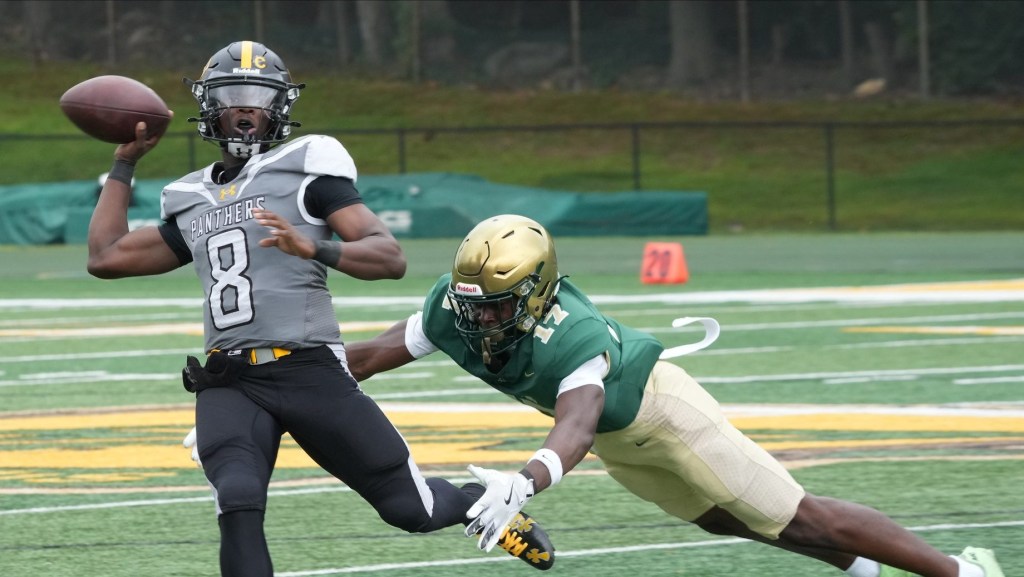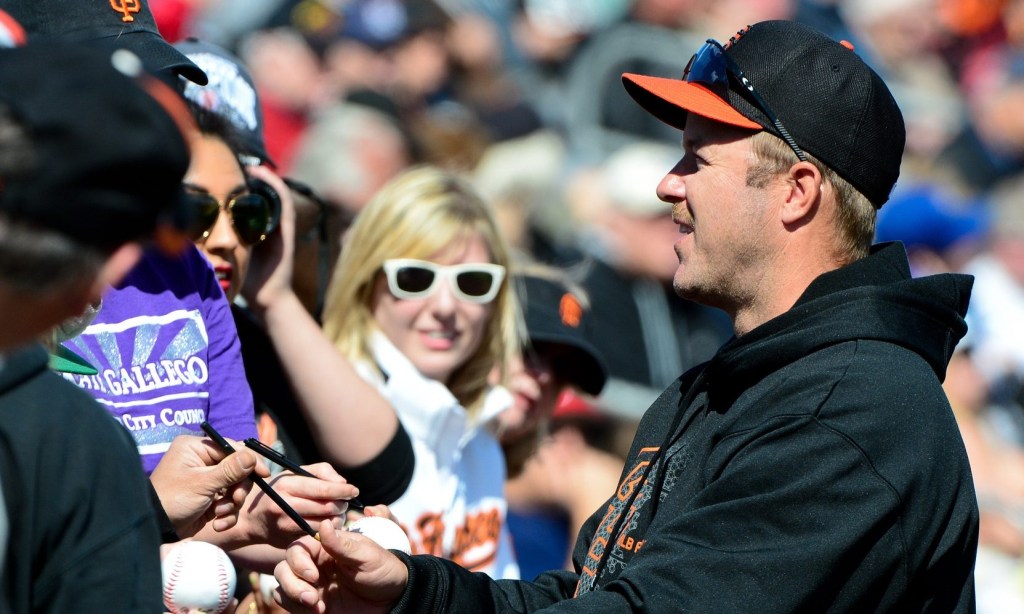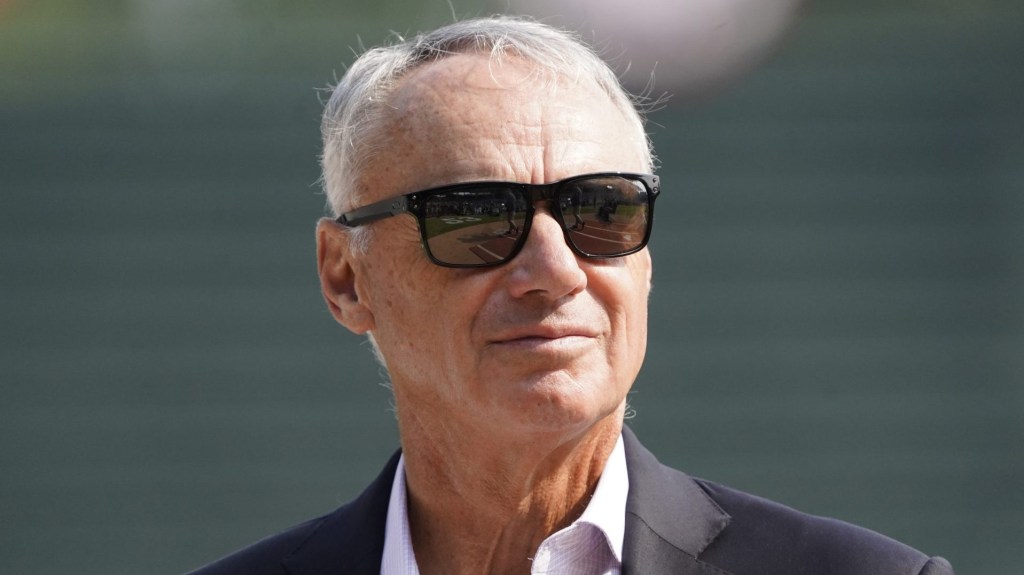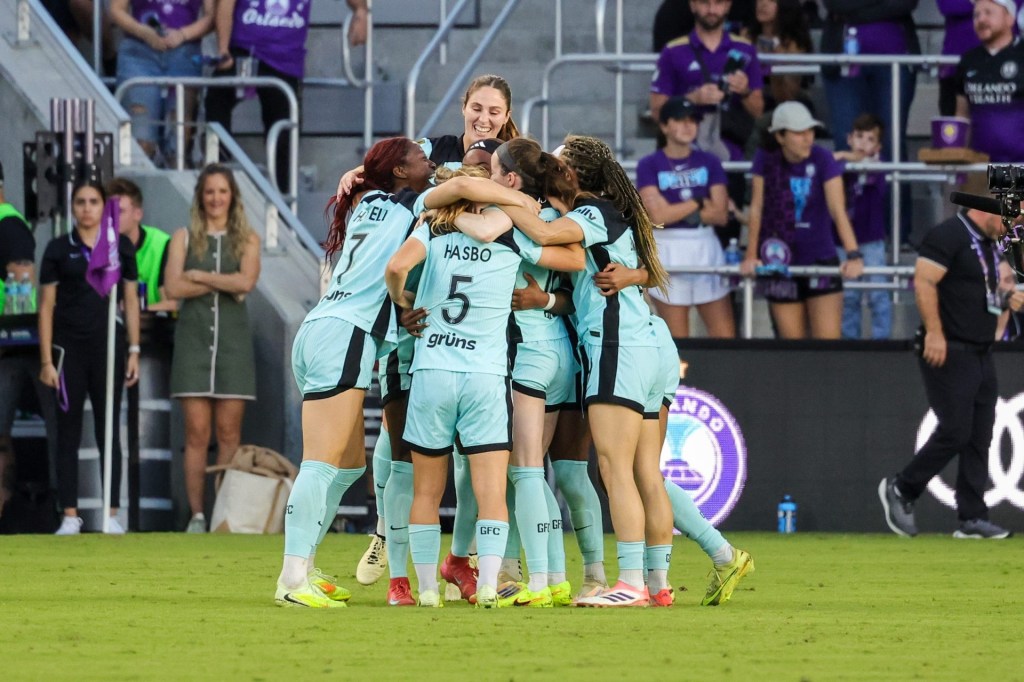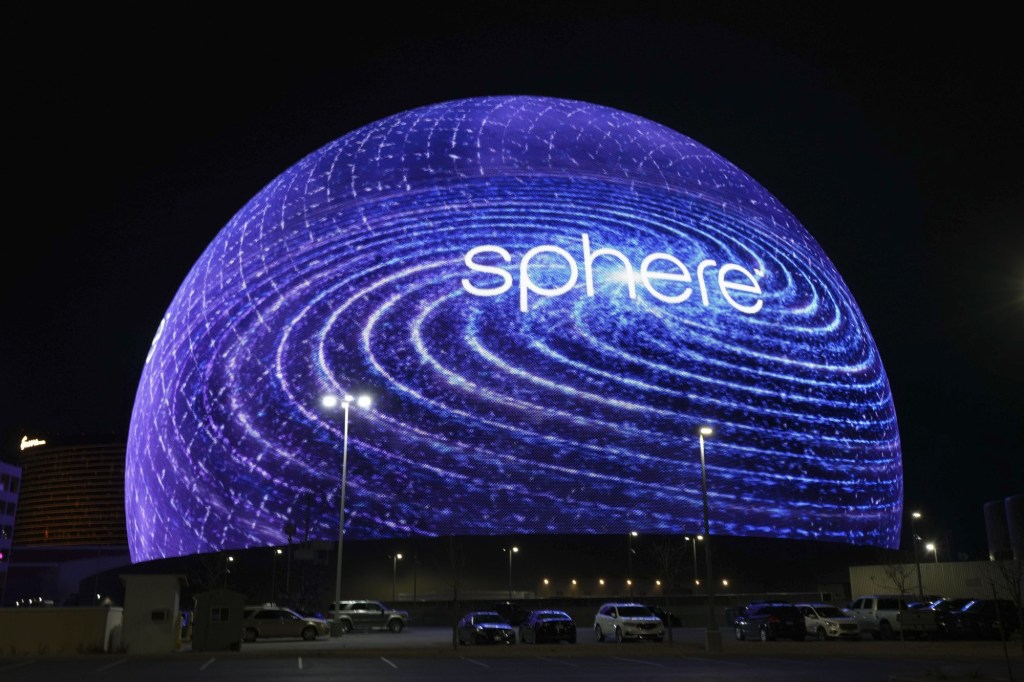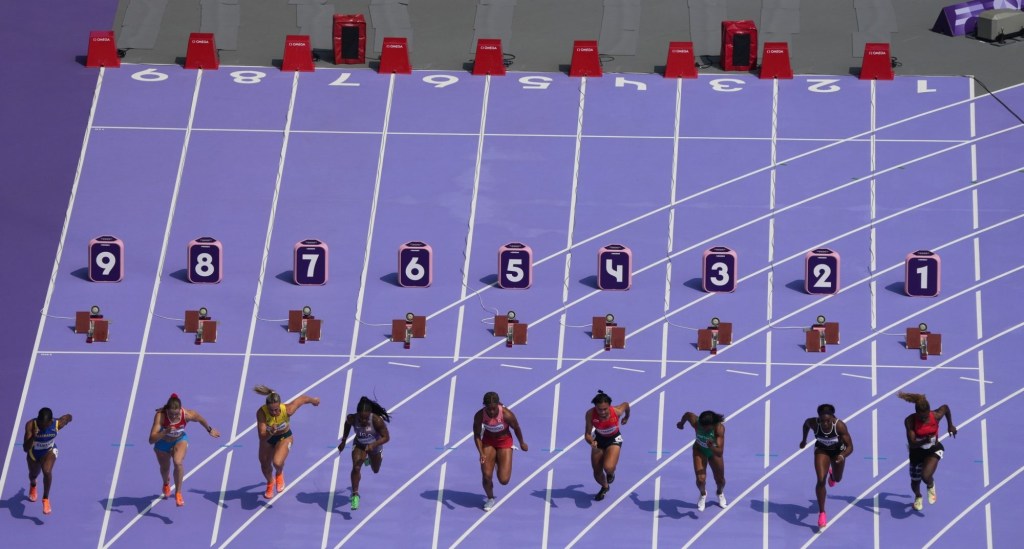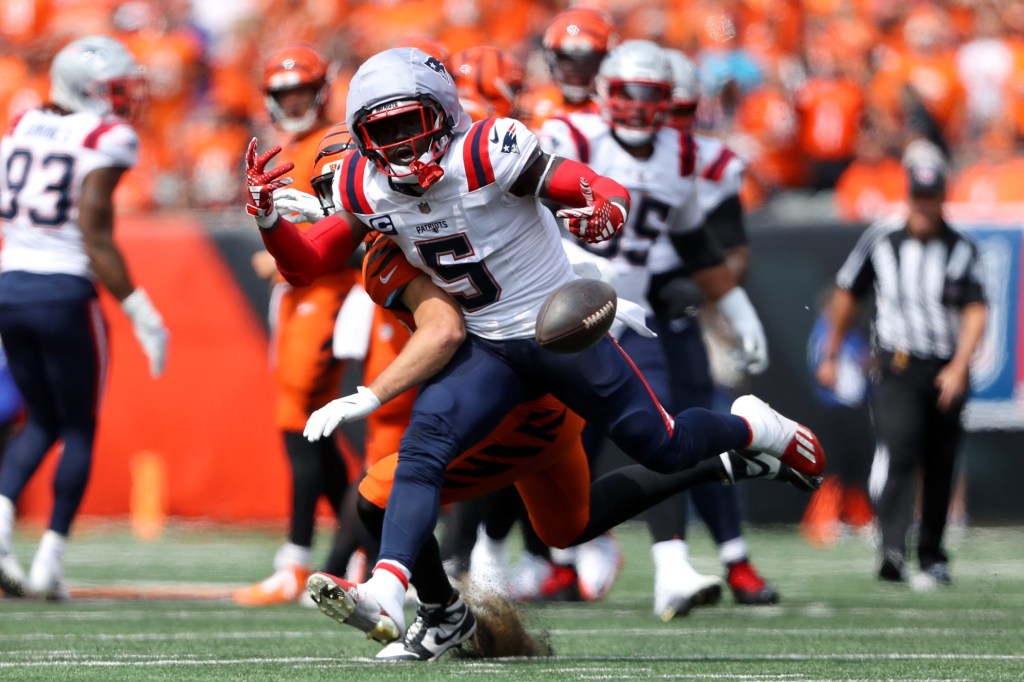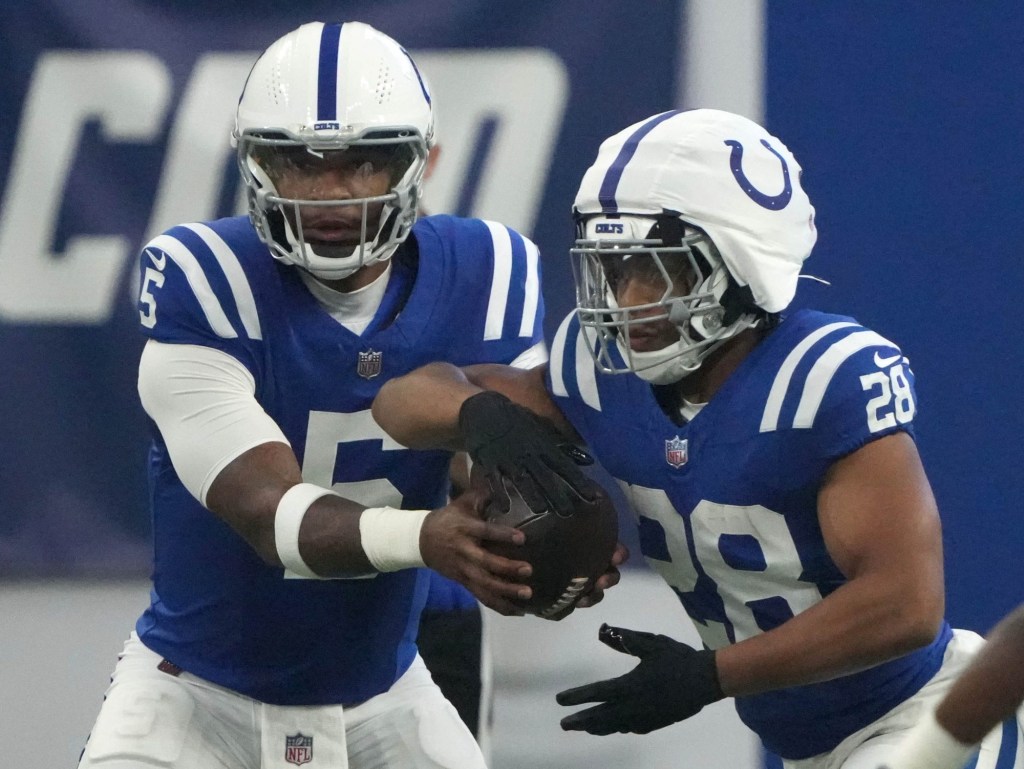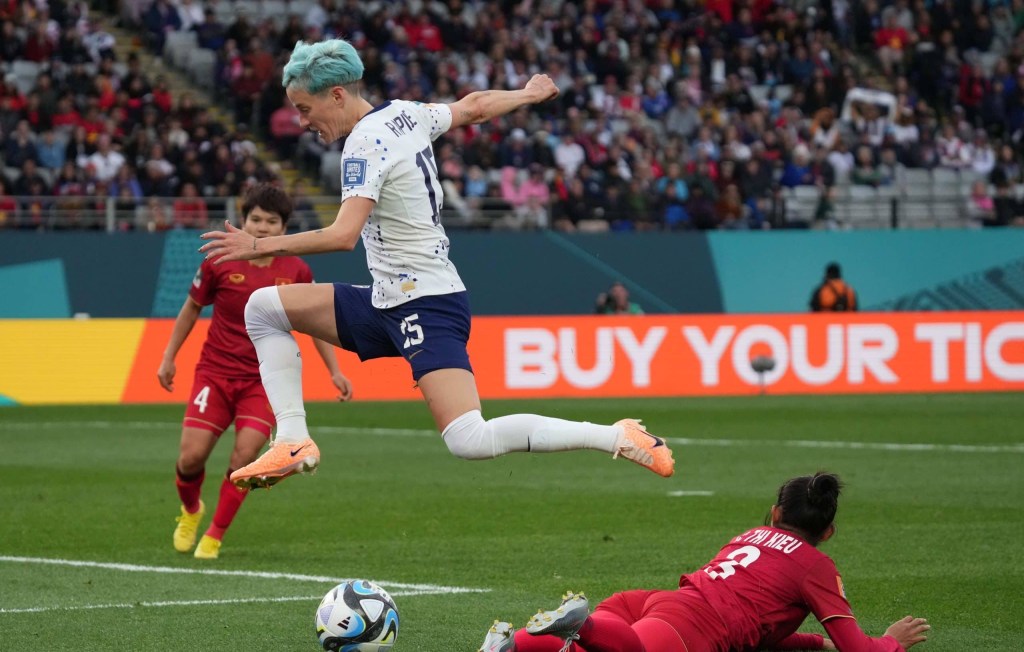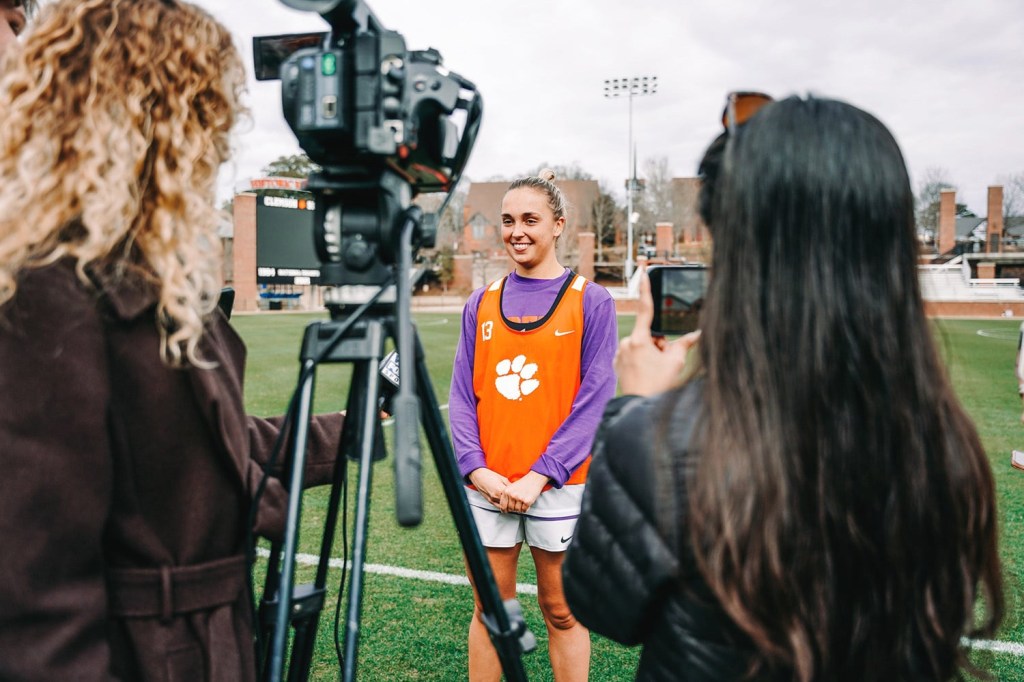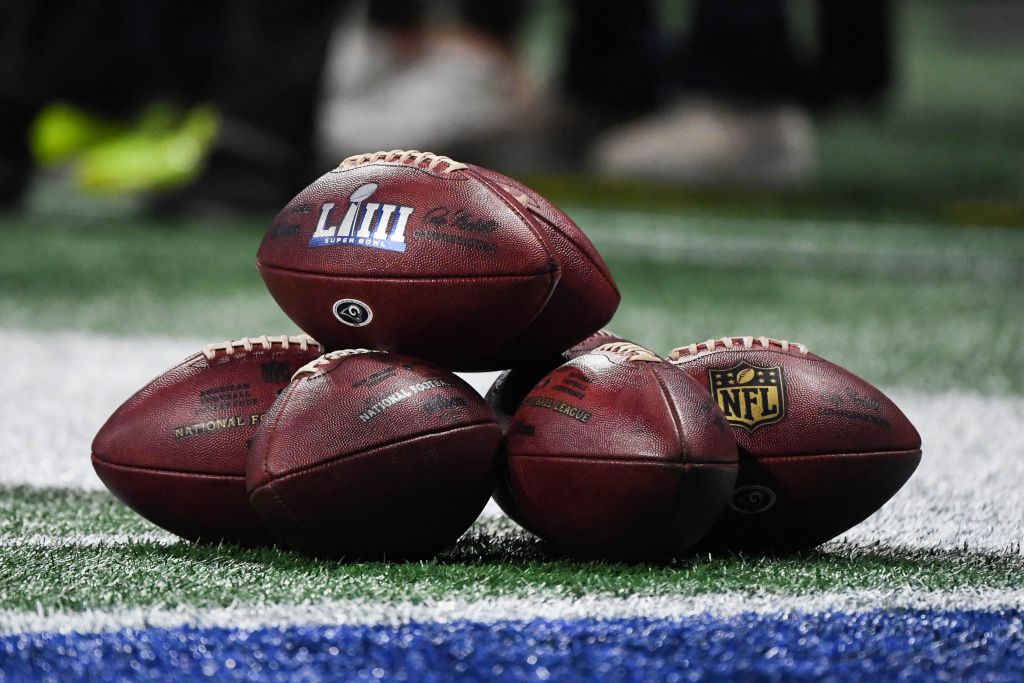
In 2019, it is impossible to avoid the ever-growing presence of artificial intelligence – in the workforce. In the media. And last, but certainly not least, sports.
From professional baseball to the NBA to the NFL, three of America’s most prominent sports have made their interests in AI abundantly clear. Instead of shying away from the conversation, the trio are making deeper investments into a space where the future ramifications are still too unclear to predict. While professional sports push to evolve through AI, workers in each league want to dispel one rumor: the idea that the sports industry could become fully automated.
“Every sport is starting to use different types of technologies and they’re testing the waters of what works and what doesn’t,” said Matt Swensson, NFL VP of emerging products and technology. “[The NFL] definitely [has] a very large human element to our game and it’s not going to be a game that’s replaced by robots.
The NFL’s relationship with AI is just one instance of a sports league working with the ambiguous technology – and having its perception completely changed.
Since 1920, the NFL had recorded statistics typical of a football game – tackles, sacks, receptions, etc. Starting in 2014, however, it partnered with Zebra Technologies and began inserting RFID tags – approximately 250 in a given game – into the shoulder pads of every NFL player to track complex measurements such as track speed, field location and movement patterns.
After data pulled from the chips was featured on NFL Network’s Thursday Night Football coverage in 2015, the potential of it caught the eye of Amazon. Amazon had already heard about this NFL-player data, and following its work with MLB Advanced Media, suggested that it could help the NFL.
Before the start of the 2017 NFL season, the league announced a deal with Amazon Web Services unveiling a new stats platform it was calling Next Gen Stats.
According to Swensson, he and his team are able to monitor these metrics at any of the 32 NFL venues. In real-time and during game action, data from the players’ tags are sent to the NGS platform which runs through AWS. Swensson and his staff then take that information and run it through their software to generate new metrics while also updating pre-existing ones.
After each game is over, every NFL team is sent NGS data from Swensson and his colleagues containing specific player and team statistics. According to Swensson, while the work he’s doing is exciting, the NFL adopting AI shouldn’t be viewed as ground-breaking.
“Every club has embraced the fact that this is where not just the NFL has been going, but where all sports are going – collecting more data and more information,” said Swensson. “Most clubs nowadays have some sort of staff either internally or they’re working with a third party to either analyze data or do number-crunching to get more insight into what the players are doing and what they’re capable of.”
The Orlando Magic are one of those teams making inroads internally. Last February, the team signed an exclusive deal with Stats Perform, providing it with a platform that analyzed college basketball players.
While the platform doesn’t replace traditional scouting, it provides player-tracking data directly from broadcast video through AI and computer vision technology, so that it could better evaluate them for the NBA Draft.
“Now, instead of using data from just a handful of games, we will be able to make our draft decisions with data from every collegiate game a potential draft pick has played,” said Jeff Weltman, president of basketball operations for the Magic.
In the past, many NBA front-office execs and scouts might have just dismissed AI. Whether it’d be due to job concerns or effectiveness questions, they’re starting to better understand and appreciate it – as well as see how they can leverage it to make more well-rounded decisions regarding personnel.
Sujoy Ganguly, director of computer vision at Stats Perform, said the integration of AI into sports is less about taking jobs away, but rather giving people another tool in their arsenal.
“I often talk about the dream of artificial intelligence not being to simply mimic people, but it allows people to do things they couldn’t do before because [they’re] removed from that kind of toil,” said Ganguly.
“We are more providing information – we’re not telling you who’s valuable, we’re not telling you this person should be who you draft and this person isn’t who you draft. We’re just providing you information so that you can make a better decision. The decision making process still lives with the analytics departments and the front office,” he said.
With how far the NBA and NFL have come in their tech knowledge, baseball’s interest is intensifying as well. Only 15 days removed from baseball’s first-ever automated ball-strike zone created by TrackMan, the Atlantic League of Professional Baseball expanded the technology league-wide on July 25 for the remainder of its season.
For the near future, ALPB president Rick White has already confirmed that his league will be utilizing ABS for the 2020 campaign. With sports as a whole diving deeper into technological advancement, people within the industry don’t need to fret: AI is there to help them, not replace them.
“It’s hard for me to fathom that at some point in time an automated system can cover [every baseball game],” said White. “We want the umpires to be in charge. We like the umpires being there. We’re not trying to replace umpires, we’re trying to augment what they do with a reliable ball-strike system.”

